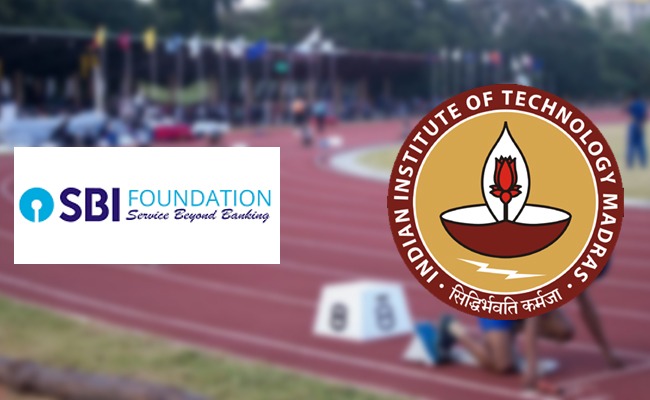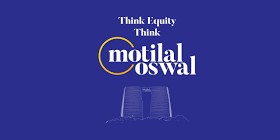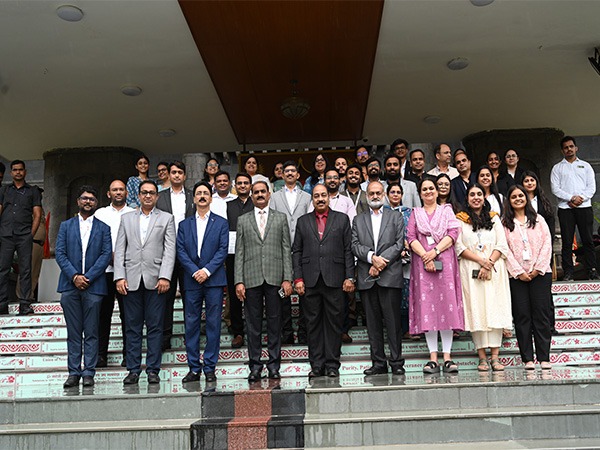 Image Source: Telegraph India
Image Source: Telegraph India
A new study from Indian Institute of Technology Kharagpur has shed light on a troubling trend gripping urban India: cities where wealth radiates after dark often confront escalating crime during the day. By meticulously analysing nighttime satellite data alongside urban crime records, the research team has uncovered how economic inequality—illuminated quite literally by artificial night lights—plays a significant role in shaping crime rates across Indian cities. This comprehensive investigation merges cutting-edge satellite imagery with socio-economic analysis, offering fresh insight into the real-world consequences of uneven urban development as of August 18, 2025.
Key Highlights
-
The study mapped urban wealth by examining nighttime satellite images, using variations in city lights as a proxy for economic activity and inequality across 49 major Indian cities.
-
A direct correlation emerged: a 1% spike in economic inequality at the city level, as measured by brightness disparities, resulted in a 0.5% increase in crime rates.
-
These findings build upon global evidence while providing the first large-scale statistical confirmation for India, where city-level economic data are often scarce.
City-Level Insights
-
The research, led by economist Siddhartha Chattopadhyay and peer-reviewed in PLoS One, highlights how cities like Delhi—India’s most crime-ridden urban centre with 1,500 crimes per 100,000 residents (2016–21)—contrast sharply with Kolkata, which remains one of the safest metropolitan areas. The cities were ranked based on National Crime Records Bureau (NCRB) statistics, revealing the following patterns:
-
Delhi tops the crime index followed by Kollam, Thiruvananthapuram, Bhopal, and Gwalior.
-
Kolkata, Kannur, Malappuram, Coimbatore, and Hyderabad rank among the safest cities.
-
The disparities in economic inequality, as captured by artificial lighting, align closely with these crime rates.
Methodological Innovation
-
Nighttime illumination was captured by the Suomi NPP VIIRS satellite, translating patterns in city brightness into quantifiable measurements of wealth and inequality.
-
Employing dynamic panel data models, the researchers demonstrated that cities with higher “light-based” inequality experienced statistically significant increases in total crime rates.
-
The positive effect remained robust across multiple categories of crime, from violent offences to minor property and theft-related incidents.
Deterrent Effects and Socio-Economic Backdrop
-
An important aspect of the study is its demonstration of how effective law enforcement can mitigate the impact of inequality on crime:
-
A 1% increase in conviction rates from the previous year corresponded to a 0.3% drop in overall crime rates city-wide.
-
Higher conviction rates served as a practical deterrent, especially for planned offences, reinforcing the classic economic theory of crime as a rational risk-benefit calculation.
Broader Context and Theoretical Perspectives
The study draws on strain theory and the “envy effect” from sociological research:
Regions marked by stark inequality—where rich and poor live side by side—create environments susceptible to increased criminal activity.
Strain theory posits that residents deprived of legitimate economic opportunities may be pushed toward illegal behaviour as a coping mechanism.
Challenges and Forward Path
While this study provides compelling evidence of the interplay between economic inequality and crime in India’s cities, it also highlights several limitations:
City-level economic data remain scarce; satellites offer a novel workaround but cannot capture all nuances of urban wealth distribution.
The authors call for more granular future research, including city-specific studies and an emphasis on uniform spatial development to address urban safety.
Conclusion
The IIT Kharagpur team’s research redefines how we interpret urban crime, urging policymakers to consider the invisible lines—illuminated by night and shadowed by day—separating wealth and vulnerability. As India’s urban population continues to grow, ensuring more equitable development and enhancing law enforcement could hold the key to safer, more harmonious cities moving forward.
Source: The Telegraph India
Advertisement
Advertisement





